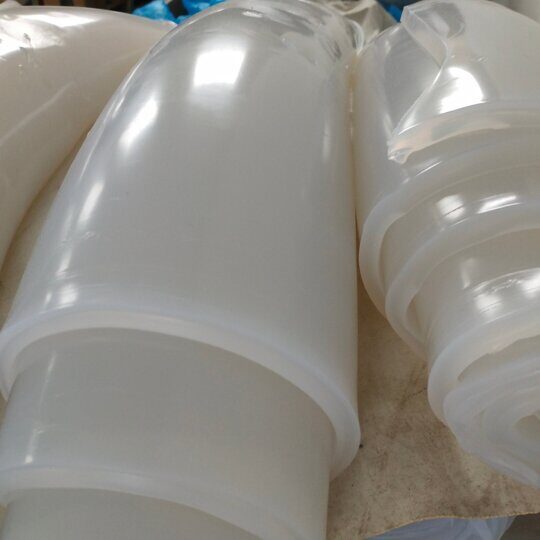Precipitated silica has its roots in the rubber industry and, thanks to the increasingly sophisticated demands of end users, is more integral to rubber compounding than ever.
First associated with the U.S. rubber industry in the 1930s, PPG's precipitated silica products have been trusted for decades by manufacturers in every region of the world for their reliable performance, consistent quality and dependable global supply.
Every day, our PPG HI-SIL®, PPG AGILON®, and PPG SILENE™ silica-based performance materials are specified to fulfill the demands of rubber compounders in the Tire, Industrial Rubber, Silicone Rubber and Footwear industries.
TiresWhether using a proven industry standard such as Hi-Sil highly dispersible silica (HDS) – or game-changing Agilon performance silica –global tire makers have relied on our reinforcing fillers for decades to redefine the boundaries of the industry’s “magic triangle. Learn more. |
Industrial RubberThrough the strength and diversity of our precipitated silica products, we are recognized by industrial rubber manufacturers as a vital partner in the advancement of the industry. PPG's silica products enable manufacturers to optimize processing characteristics such as faster cure rates, easier mixing, better flow, or more flexible extrusion and color compounding capabilities, while imparting valued finished product characteristics such as enhanced heat and abrasion resistance, better tear and tensile strength, and superior chip and chunk resistance. Learn more. |
Silicone Rubber
Learn more. |
FootwearFrom colored and translucent non-marking soles with superior durability and resilience to better compounding stiffness and modulus for improved flexibility and comfort, we offer Hi-Sil precipitated silica products for the performance footwear industry. Learn More |
Silene is a trademark and Agilon and Hi-Sil are registered trademarks of PPG Industries Ohio, Inc.
Liquid Silicone Rubber (LSR) is one of the most important synthetic elastomers, it is easily processed and has good properties.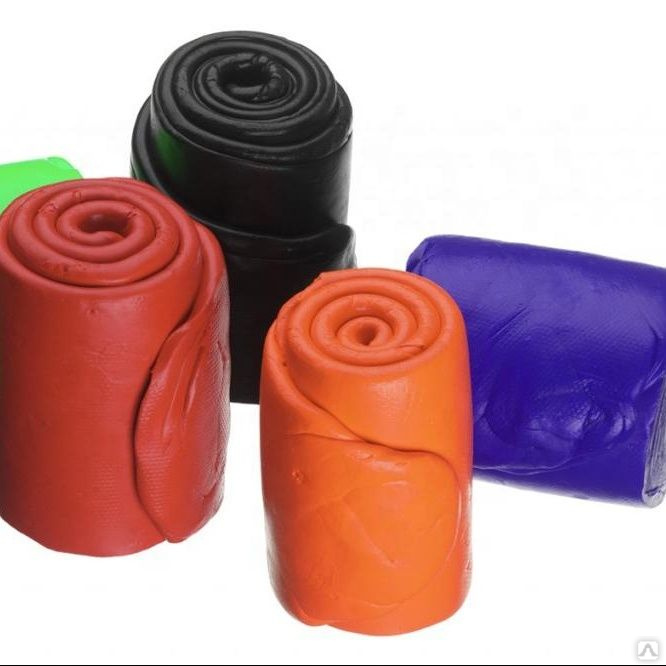 One of the most significant characteristics and advantage of LSRs over conventional elastomers is, that it is not necessary to form highly complex compounds to obtain optimal properties in the final product. However, depending on the requirements, for some applications it is necessary to improve certain properties. For enhanced mechanical properties, fillers are used for this purpose [1]. Although fillers were originally used to decrease the cost of a conventional rubber compound, a secondary effect of the filler additive was detected, the strength and toughness were also improved. To be effective, the reinforced fillers must have inherently high mechanical properties and create a strong interaction with the silicone rubber. The filler should have a large surface-area-to-volume ratio, or a small size and high proportions between the width and length. Particles that meet these conditions have nanoscale dimensions and can be flakes, fibers, spheres, and tubes [2]. The most common fillers with these characteristics are silica (precipitated and fumed), montmorillonite, carbon black, zinc oxide, titanium dioxide, glass, and graphene [1], and in some cases, carbon black (a common reinforcing filler in conventional elastomers).
One of the most significant characteristics and advantage of LSRs over conventional elastomers is, that it is not necessary to form highly complex compounds to obtain optimal properties in the final product. However, depending on the requirements, for some applications it is necessary to improve certain properties. For enhanced mechanical properties, fillers are used for this purpose [1]. Although fillers were originally used to decrease the cost of a conventional rubber compound, a secondary effect of the filler additive was detected, the strength and toughness were also improved. To be effective, the reinforced fillers must have inherently high mechanical properties and create a strong interaction with the silicone rubber. The filler should have a large surface-area-to-volume ratio, or a small size and high proportions between the width and length. Particles that meet these conditions have nanoscale dimensions and can be flakes, fibers, spheres, and tubes [2]. The most common fillers with these characteristics are silica (precipitated and fumed), montmorillonite, carbon black, zinc oxide, titanium dioxide, glass, and graphene [1], and in some cases, carbon black (a common reinforcing filler in conventional elastomers). The pigments added to the material for color can also be considered reinforcing fillers. In fact, color compounds have different mechanical properties due to the added pigment fillers. In terms of ecofriendly materials, cellulosic fibers garnered much attention due to their low density, biocompatibility, origin, and biodegradability. They are employed in the form of microcrystalline cellulose (MCC) which is easily prepared by adding strong mineral acids [3]. The amount of the filler present in the compound has an impact on the bulk density, which is why it is necessary to find the optimal value without sacrificing the inherent low density of the silicone rubber.
The pigments added to the material for color can also be considered reinforcing fillers. In fact, color compounds have different mechanical properties due to the added pigment fillers. In terms of ecofriendly materials, cellulosic fibers garnered much attention due to their low density, biocompatibility, origin, and biodegradability. They are employed in the form of microcrystalline cellulose (MCC) which is easily prepared by adding strong mineral acids [3]. The amount of the filler present in the compound has an impact on the bulk density, which is why it is necessary to find the optimal value without sacrificing the inherent low density of the silicone rubber.
In Figure 1, the stress-strain curves of a Liquid Silicone Rubber are shown with different quantities of fillers. The increase in the mechanical strength is evident, however also note the elongation (strain) of the compound is sacrificed.
Figure 1. Stress-strain curves for a LSR compound filled with nanoparticles [4]
As previously stated, the presence of fillers in a Liquid Silicone Rubber allows the material to attain high mechanical properties.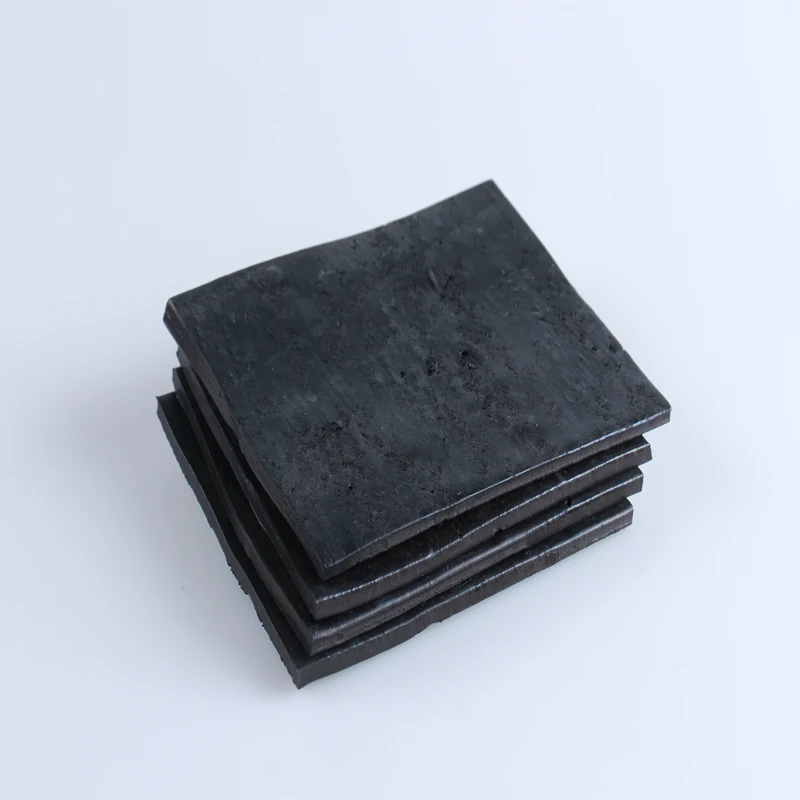 The reinforcement effect is not the result of any single phenomena, process, or mechanism. Simply stated, the LSR compound is formed by two phases: rigid particles and the Liquid Silicone Rubber network (after curing) [5]. The rigid particles influence the mechanical behavior through surface or interfacial contact, which means the physical and/or chemical bonds (also called interfacial bonding) that are created between the particles and the LSR. Depending on their intensity (energy bond) and the nature of the bond, they are directly responsible for the increase in the mechanical properties. Normally, the interaction is physical, but the nature and shape of the filler and even the nature of the Liquid Silicone Rubber can create chemical interactions. As expected, the higher the interaction, the higher the final mechanical properties of the LSR compound. Also, other physical properties such as wettability and adhesion can be affected. But if the interfacial contact is low (or weak), the filler could have the opposite effect, it can cause stress concentrations and low load transfers resulting in poor mechanical properties of the compound.
The reinforcement effect is not the result of any single phenomena, process, or mechanism. Simply stated, the LSR compound is formed by two phases: rigid particles and the Liquid Silicone Rubber network (after curing) [5]. The rigid particles influence the mechanical behavior through surface or interfacial contact, which means the physical and/or chemical bonds (also called interfacial bonding) that are created between the particles and the LSR. Depending on their intensity (energy bond) and the nature of the bond, they are directly responsible for the increase in the mechanical properties. Normally, the interaction is physical, but the nature and shape of the filler and even the nature of the Liquid Silicone Rubber can create chemical interactions. As expected, the higher the interaction, the higher the final mechanical properties of the LSR compound. Also, other physical properties such as wettability and adhesion can be affected. But if the interfacial contact is low (or weak), the filler could have the opposite effect, it can cause stress concentrations and low load transfers resulting in poor mechanical properties of the compound.![]()
If we could use a microscope to see what happens inside an optimal Liquid Silicone Rubber compound, the interaction “freezes” or stabilizes the location of the filler particle. A clear sign of this behavior would be the improvement of the dynamic mechanical properties, which is critical in most LSR applications.
Figure 2 shows the most accepted mechanism for reinforcement behavior. Before an external load is applied:
# 1: The chains that form the LSR are in an equilibrium state, (i.e., there are entanglements between them and possible molecular interactions could exist according to the nature of the LSR). Between the chains, there are reinforcing particles.
# 2 & #3: When the stress is applied, first the chain segments between the particles begin to move, and then the network begins to move to accommodate the changing conditions. Molecular rupture is prevented because of the redistribution of the stress between the deformed (stretched) chains, which causes the first part of the increase in the mechanical properties of the compound #4: This is called strain hardening. Here, the bonding between the fillers and the silicone chains creates additional movement restriction, which leads to the second part of the increase in the mechanical properties.
Here, the bonding between the fillers and the silicone chains creates additional movement restriction, which leads to the second part of the increase in the mechanical properties.
Figure 2. Reinforcement mechanism in Liquid Silicone Rubber [5]
In regards to mixing fillers with the LSR, you might ask what is preferred, dispersed particles or particles in clusters (particle agglomeration). The answer is, it depends on the mechanical response needed in the compound. Generally it is preferable to have particles of similar size homogeneously distributed throughout the composite. But sometimes, a controlled cluster size enables an increase in mechanical properties and easy processing of the material [6]. Figure 3 provides a graphical comparison of the reinforcement factor of particles and an optimal cluster size of the filler, silica, embedded in Liquid Silicone Rubber. For both, an increase in the amount of filler causes an increase in the reinforcement, but it is higher for the discrete particles than for the clusters.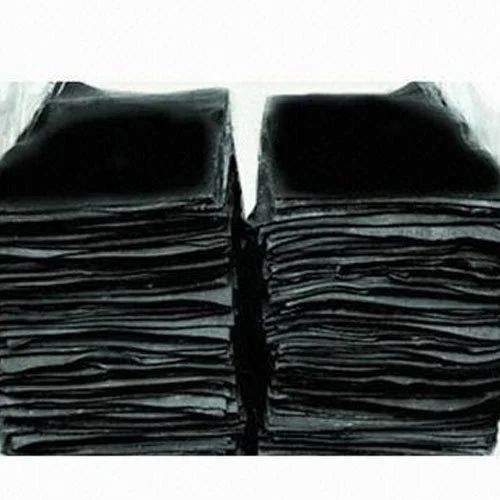
Figure 3. Comparison of reinforcement factor between discrete filler particles and clusters [6]
If the mechanical properties change, then the processing behavior, and the viscosity−a critical factor, will also be affected. The higher the amount of filler in the compound, the higher the viscosity, and the issue of mixing will need to be addressed. A disadvantage of using nanoparticles is that it requires the need to improve the dispersive and distributive mixing in the Liquid Silicone Rubber matrix, which leads to an improvement in the binding force between material and filler [1]. Fortunately, a variety of mixing methods have been developed to improve the mixing, such as:
Processing reinforced LSRs can be challenging.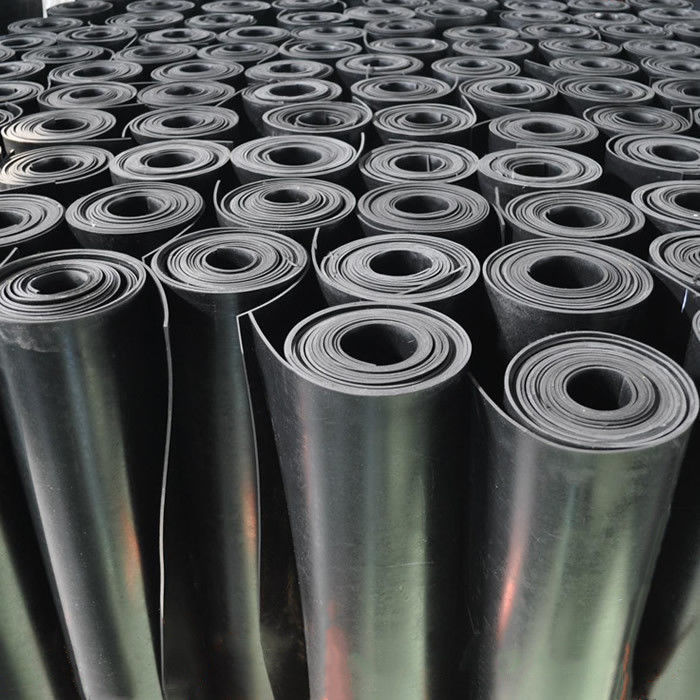 For example, when injection molding Liquid Silicone Rubber, even small changes in the filler particles’ transition temperature, softening temperature, and the curing behavior can cause significant production issues. For this reason, it is necessary to perform a previous characterization analysis and process simulation to clearly identify the changes in behavior, and make appropriate modifications in the processing variables [6]. Also, for injection molding and extrusion, it is necessary to include more mixer heads on the screw to avoid the formation of undesirable filler clusters which can result in a decrease in the final mechanical properties of the material.
For example, when injection molding Liquid Silicone Rubber, even small changes in the filler particles’ transition temperature, softening temperature, and the curing behavior can cause significant production issues. For this reason, it is necessary to perform a previous characterization analysis and process simulation to clearly identify the changes in behavior, and make appropriate modifications in the processing variables [6]. Also, for injection molding and extrusion, it is necessary to include more mixer heads on the screw to avoid the formation of undesirable filler clusters which can result in a decrease in the final mechanical properties of the material.
The compounding of Liquid Silicone Rubber with fillers should be done carefully, especially with Nano-size fillers, taking into account the requirements of the final properties needed in the application. This will optimize the efficiency of the processing, the quality of the products, and the processing costs.
Choosing a reputable and experienced LSR molder like SIMTEC Silicone Parts, for example, is highly recommended.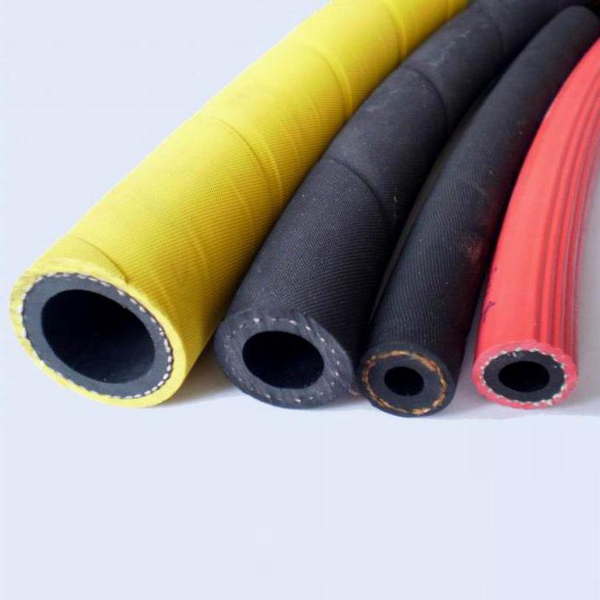 SIMTEC is regarded as LSR experts and one of North America’s largest LSR molder, specializing in high volume, precision LSR, two-shot, and multi-shot LSR solutions for their customers in the life science (medical, healthcare, infant care), electronics, automotive and industrial markets.
SIMTEC is regarded as LSR experts and one of North America’s largest LSR molder, specializing in high volume, precision LSR, two-shot, and multi-shot LSR solutions for their customers in the life science (medical, healthcare, infant care), electronics, automotive and industrial markets.
Crumb rubber is a secondary raw material. The material is obtained by converting various rubber products. The most common raw materials are car tires. Giving a second life to products that have lost their basic functions, a person prevents pollution of the planet.
There are several ways to process rubber into granular material.
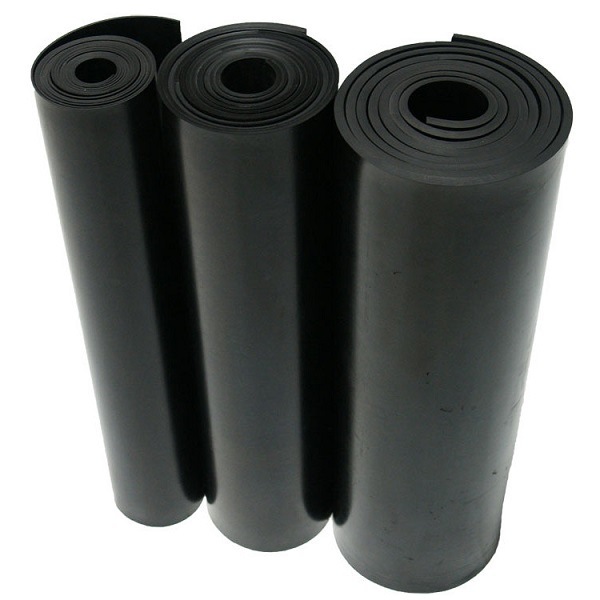 This is done using magnetic and air separators.
This is done using magnetic and air separators. Rubber crumb is an intermediate raw material from which various products and coatings are subsequently made. To do this, mix the granules with polyurethane resin adhesive and add a little water. Also, crumb rubber is dyed with organic or inorganic pigments. Organic pigments are more expensive, however, they retain color much longer due to weak exposure to ultraviolet rays.
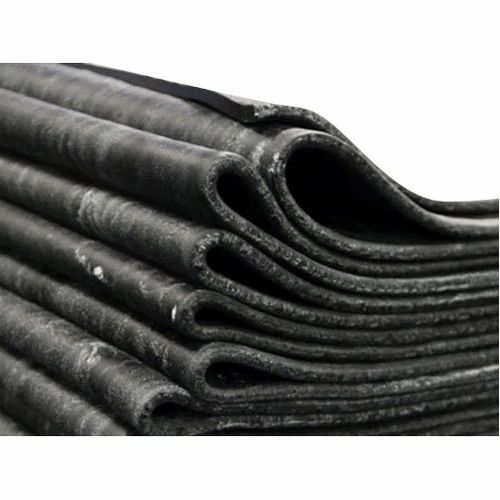
 Adding material to asphalt improves the properties of the pavement.
Adding material to asphalt improves the properties of the pavement. Recycled rubber products can be presented in the following forms: rolls, tiles and mound.
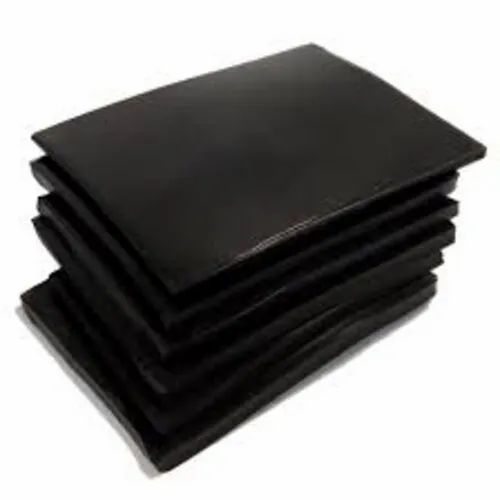
Laying recycled rubber products preferably on hard surfaces. These are asphalt and concrete. The surface must be smooth, without holes and cracks. Before starting the process, it is necessary to thoroughly clean the perimeter for further work. Then the base is primed with polyurethane adhesive.
Laying crumb rubber products Further, it all depends on what kind of rubber product you want to lay. The tile can be installed independently, having smeared it with the same polyurethane adhesive to fix the modules on the base. But it is more difficult to lay a seamless coating. The mixture is usually prepared before application in a concrete mixer. It is necessary to carefully choose the right proportions for the manufacture of the future coating. Then, by mixing, achieve sufficient coating of the granules so that the coating serves for a long time. Surface preparation is the same as when laying tiles. The next step is leveling the surface with a spatula, and then with a stacker. Work should be carried out in dry sunny weather. You can use the crumb rubber coating in a day.
But it is more difficult to lay a seamless coating. The mixture is usually prepared before application in a concrete mixer. It is necessary to carefully choose the right proportions for the manufacture of the future coating. Then, by mixing, achieve sufficient coating of the granules so that the coating serves for a long time. Surface preparation is the same as when laying tiles. The next step is leveling the surface with a spatula, and then with a stacker. Work should be carried out in dry sunny weather. You can use the crumb rubber coating in a day.
You can order rubber crumbs by calling
+79213400212
+79213400212
or leaving the application on our site
Our manager will contact you within 10 minutes
Leave the application
© Lexor LLC. All rights reserved. Postal, 73
The combination of sizes and shapes of crumb rubber is the determining parameter of economy, manufacturability and mechanical strength of any rubber crumb coating.
Physical and mechanical properties directly depend on the shape and size of the granules. The adhesive base, polyurethane dissolved in organic solvents, is used to bind crumbs of all types.
For crumb sizes larger than 1 mm, the shape of the crumb matters.
Granulators are lined up for sequential crushing or are equipped with conveyors to return to the crushing zone until the required size is obtained. Smaller granule sizes can be obtained in intermediate crushing steps. They are separated from the main mass on vibrating screens and become commercial products.
there is no pressing, and the total surface covered with glue increases.![]() The presence of unplanned small fractions in the composition of the product increases the consumption of glue by 25 ... 70% of the planned amount.
The presence of unplanned small fractions in the composition of the product increases the consumption of glue by 25 ... 70% of the planned amount.
Small rubber crumb (aka rubber dust or rubber flour) is considered a by-product of crushing. The volume of such a product is 5 ... 30% of the marketable product, depending on the method of processing the chips. For practical use, the shape of the crumb does not matter.
Crumb with dimensions of 0.2…0.45 mm is used as an additive (5…25% by weight) in rubber compounds for molding car tires, large tires, bumpers and other rubber goods.
Used crumb fraction from 0.1 to 1 mm, regardless of shape. Asphalt pavement with a modified layer (14...15 tons per 1 km of road) has a service life 2...3 times longer than that of conventional asphalt. Road builders are reluctant to use modified asphalt because of the relative high cost, but more because of the lack of need to repair such roads.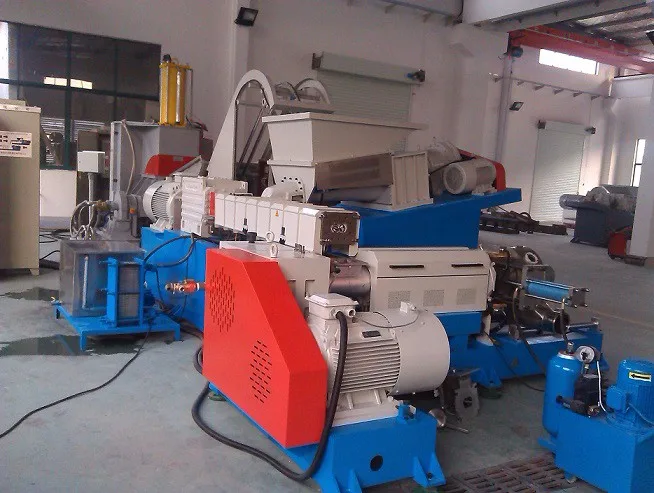
Bitumen rubber mixture with different content of components (crumb, bitumen and fillers) has found application in a variety of areas.
For construction and renovation as:
Mastics are used to protect:
High specific area of the powder prevents oil from spreading over water and penetrating deep into the soil, which facilitates mechanical collection and liquidation of the spill spot.
Crumb fractions 1…2 mm in size are used:
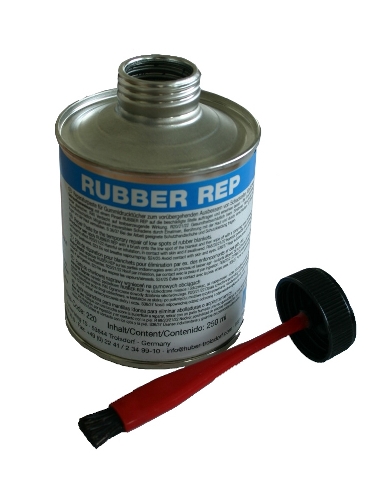 .. 30% of the coating thickness with or without pigmentation.
.. 30% of the coating thickness with or without pigmentation. These sizes of chips have a relatively high reduced surface area, which will require more adhesive if used in screed applications. Therefore, it is used in molded products.
Rubber crumb of this size range is the most requested. The cuboid shape of the crumb is used in all technologies for the manufacture of rubber coatings. Broken-edged and needle-shaped chips are used to form a carrier layer or coatings, which are not subject to high requirements for the appearance of the coating, because. on screeds, these types of grit may protrude slightly from the surface. Pressed products are devoid of this disadvantage.
Cubic crumb of this size serves as a raw material for the production of marketable crumb crumb sizes. Crumb with torn edges more than 4 mm can be subjected to additional processing on machines with circular knives, which will reduce the specific area and increase consumer properties.